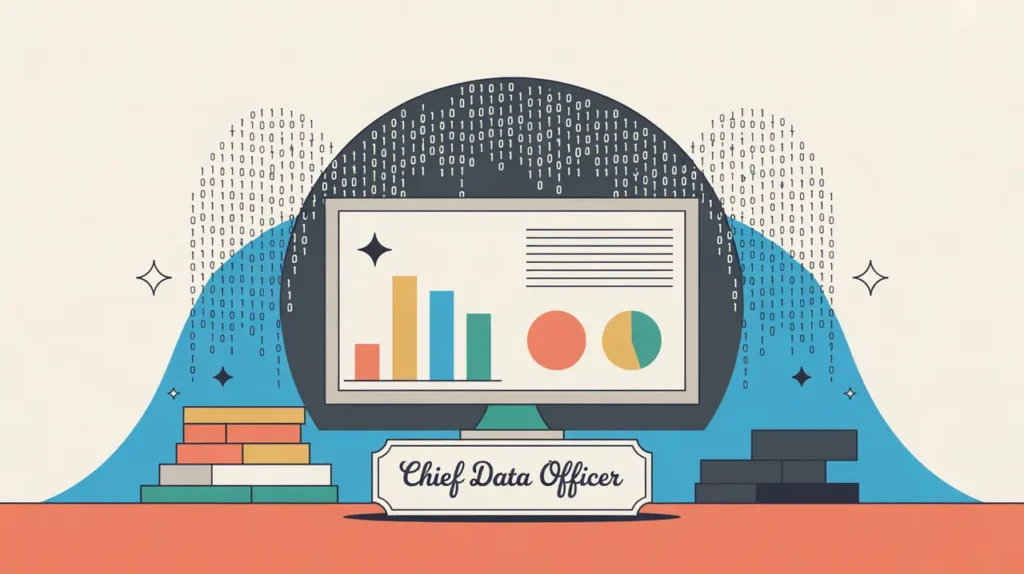What Does the Systems Integration Officer Role Involve?
A Systems Integration Officer is responsible for coordinating the implementation and maintenance of systems that enable different digital platforms and tools to work together effectively. They ensure data flows smoothly across systems, support the design and execution of integration solutions, and help optimize workflows to reduce duplication, improve accuracy, and increase operational efficiency. Their role sits at the intersection of technology, data, and operations, ensuring that organizational systems are interconnected, reliable, and aligned with strategic objectives.
In nonprofits and social enterprises, Systems Integration Officers play a critical role in supporting digital transformation. They help organizations unify platforms like CRMs, finance tools, learning systems, communications software, and program databases, enabling teams to work seamlessly with shared, accurate information.
At What Level does this Role Operate?
Mid Level: Systems Integration Officers typically report to a Systems Manager, Technology Lead, or Operations Director. They work with moderate autonomy, managing specific integration projects and collaborating with multiple teams to design and implement solutions. They may also work closely with external vendors, developers, or consultants to maintain system interoperability.
Relative Employability: Systems Integration Officer roles are becoming more common as nonprofits and social enterprises adopt more sophisticated digital ecosystems. They are particularly relevant in organizations managing large data sets, multi-platform workflows, or distributed teams.
Relative Pay Scale: Systems Integration Officers generally occupy the mid pay band, sitting above assistant and support roles but below senior systems architects or technology managers. Their compensation reflects their technical expertise and operational impact.
What are the Key Responsibilities and Activities?
- Design, implement, and maintain integrations between organizational systems and platforms (e.g., CRMs, data warehouses, financial systems, LMS, communications tools)
- Collaborate with teams to assess integration needs and define technical requirements
- Configure and manage middleware, APIs, or other integration tools to ensure smooth data flow
- Monitor and troubleshoot integration issues, resolving errors and minimizing downtime
- Document integration processes, workflows, and data standards for organizational use
- Support data quality assurance by ensuring consistent formatting, synchronization, and validation across platforms
- Coordinate with vendors, developers, or IT teams to maintain and improve system interoperability
- Provide technical guidance and training to staff on integration workflows and tools
- Contribute to system architecture discussions, helping to plan future integration strategies
What Core Competencies and Qualifications are Needed?
Required Qualifications and Experience
The following reflect common qualifications and experience expected for this role, while recognizing that pathways may vary by context, organization, and region.
- Relevant academic background in computer science, information systems, engineering, or related fields
- Several years of experience in systems integration, IT, or technical implementation roles
- Familiarity with APIs, middleware platforms (e.g., Zapier, Make, n8n, Mulesoft), and data synchronization techniques
- Experience working with CRMs, databases, and cloud platforms
- Strong analytical and problem-solving skills
Key Competencies
- Technical proficiency in system integration methods and tools
- Analytical thinking and troubleshooting capabilities
- Strong organizational and documentation skills
- Ability to translate technical concepts for non-technical audiences
- Collaborative mindset for working across teams and vendors
- Attention to detail and commitment to data integrity
How are AI and Automation Shaping this Role?
An AI-native Systems Integration Officer can use AI to automate the creation and monitoring of integration workflows, detect anomalies in real time, and optimize data synchronization between platforms. AI tools can recommend integration pathways, generate API configurations, and flag potential system conflicts before they occur. This enhances both the speed and reliability of integrations, allowing officers to focus on system design and strategic improvement.
What Career Pathways and Transferable Skills are Associated with this Role?
Systems Integration Officers can progress to roles such as Systems Manager, Technology Lead, Enterprise Architect, or Director of Digital Transformation. Their skills in integration, data systems, and cross-functional coordination are transferable to senior technology strategy, platform architecture, and operations leadership roles. Over time, they may lead complex integration initiatives, oversee enterprise-level system design, or shape digital transformation strategies across entire organizations.







